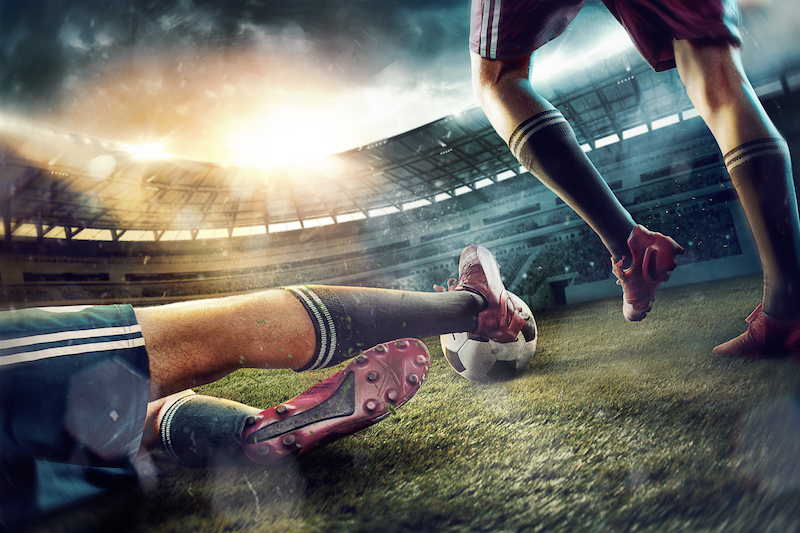We, as humans, do not live in a linear world in which we move in only one plane, or solely front/back, left/right. Instead, there is a rotational component to just about everything we do. Let’s go through some everyday life situations to see this theory in action. We experience our very first voluntary rotation when we awaken, whether it is rolling onto our side to get out of bed or reaching over to our nightstand to check our smart phone. Next, when we take a shower, to clean those hard to reach places, unless someone is helping us, we need to rotate once again. Then, we hop in our vehicles to drive to work or school. Fastening our seatbelt or checking our blind spot requires rotation. If we are fortunate enough to get the time to be able to participate in our favorite hobbies or recreational activities, more than likely our bodies will also be performing some type of rotational activity, whether it is swinging a tennis racket, golf club or baseball/softball bat, performing a cartwheel, serving a volleyball, etc.
As you can see, in every aspect of our daily routines, we need to be able to move multi-directionally. So as we recover from an injury or a surgery, and progress our physical abilities, we need to always keep that in consideration. Am I saying that directly after an ankle injury or knee surgery you should be performing multi-planar activities? Absolutely not. However over time, as you recover and regain your strength and ROM it is absolutely essential to begin to incorporate rotation. Although with rotation, you will need to have some basic motor control. You must be able to control your pelvis and scapula as well as demonstrate baseline core strength. Yes, rotation can occur without these pieces, but that could be the reason why an injury occurred in the first place.
Let’s say for instance that you are a soccer player. You were in practice and as you went to pass the ball 30 yards forward you “twisted” your plant leg. There was no uneven ground or even another player close to you. Well kicking a soccer ball is more complicated than just moving one leg back and through the ball while the other one is stable. Without getting too deep, if you do not have enough pelvic and core control on your stance leg, you are opening up yourself to a chance of compromising your knee. As the player recovers from this injury, they will receive traditional strengthening to build up their quadriceps and hamstring. They will progress back into cutting and soccer specific drills. But will the source of the problem be addressed? So many times in the medical field we treat only the symptoms. We can absolutely get this player back on the field after her knee injury, but did we solve the problem of her poor motor control? Looking at the player for more then her knee injury is vital to her ability to return to the field but also her overall health. If we do not solve the problem, we are looking at a potential repetitive injury, which may ultimately require surgery.

